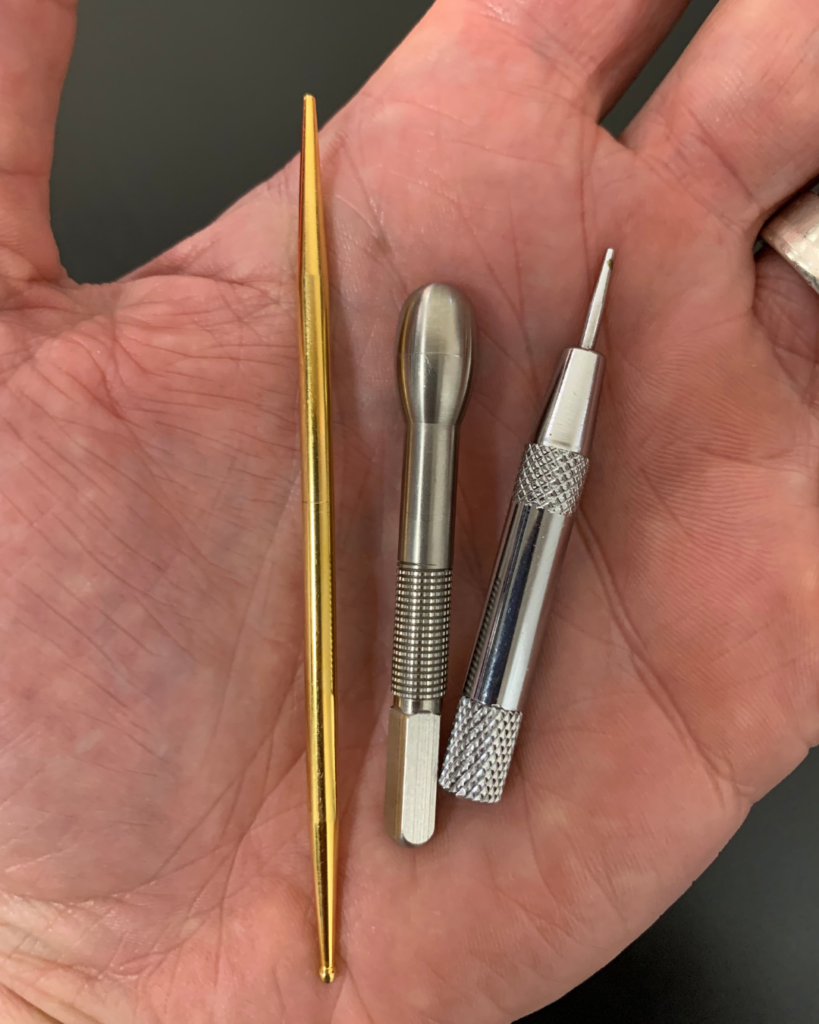Traditional Oriental Medicine is equipped with a gentle treatment style specific for treating children. It utilizes non-insertive needle techniques combined with gentle massage strokes to help restore balance to the young patients’ system, thereby reducing symptom severity; and optimizing well-being.
Depicted are a three of the more common non-insertive needle tools used in the Japanese healing art of Shonishin.

A generalized non-pattern-based root treatment is used to clear the Channels of any Excess, and to restore proper Qi flow throughout the Channel system. This root treatment, consisting of gentle strokes in the direction Qi moves along the Channels, can be taught to parents at their child’s first session so that regular treatment can be continued at home. When more specific health conditions are being addressed, pattern-based root treatment can be combined with specific symptomatic treatment protocols.
Within this method, the skin is not pierced, only contacted gently by the surface of any of the aforementioned tools, or at home with the use of the back side of a soup spoon.
A patient of mine brought in her 2nd daughter, who since turning 4 months old had been suffering chronic constipation. She went from passing stools daily to passing stools only every 3-5 days, straining uncomfortably each time. She’d been recommended a variety of medications but was uncomfortable administering these to her daughter, hoping there was something acupuncture could do about it. During the session, along with some more specific work with the teishin, I performed the general root treatment, explaining what I was doing and teaching her mother the technique. Within a week of her mother using a spoon at home to perform the basic technique daily, the infant went back to passing formed stools daily. There was no recurrence.
A non-invasive, gentle, and effective therapy for our little ones, Shonishin for the win!
Please note that any advice in this article doesn’t replace personalized medical advice from a professional.
Book an appointment with Dr. Peter Wood, our Doctor of Traditional Chinese Medicine (DTCM) and Registered Acupuncturist (RAc)